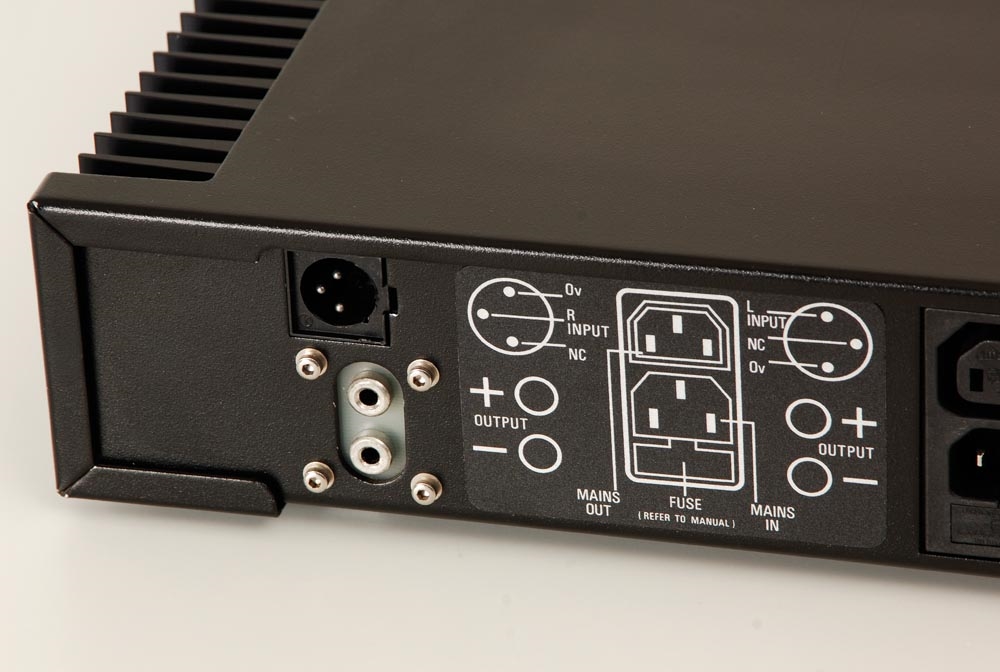Craig B
Re:trophile
Nice pun!All,
Thanks for all the inputs, I love this place
To answer the techie bit first, its 100R into 47k so my limited knowledge suggests this should be fine?
Craig, thanks for the diagram on use of StarQuad into phono, but I'm XLR throughout. On which basis, if I decide to DIY this, am I better to add a separate Raybraid screen on top of the "normal" cable types to allow screen as well as signal ground, or just not bother? The run I have identified crosses one 240V line (at right angles) and is otherwise 24" clear of power and aerials so can't see noise being a problem to be honest, and I'm more tempted to speak to a good, non-foo manufacturer like Blue Jeans Cable.
Oh, and Stevec67? At only £20/m I'm tempted, I mean it can't do any harm right? But then, it sounds a bit cheap to do anything useful so I'll pass
Al
With 3-pin XLR to 3-pin XLR and proper 2-core plus screen microphone cable, there exists a dedicated shield connected both ends, plus two independent same spec wire leads within for signal +ve and -ve.
Those who recommend adding a separate screen on top are likely thinking of 1-core plus screen cable, which commons signal -ve with screen.
I'd go with 2-core plus screen only, myself.
Pin 1 is shield, 2 is signal +ve, and 3 is signal -ve:

Last edited:


